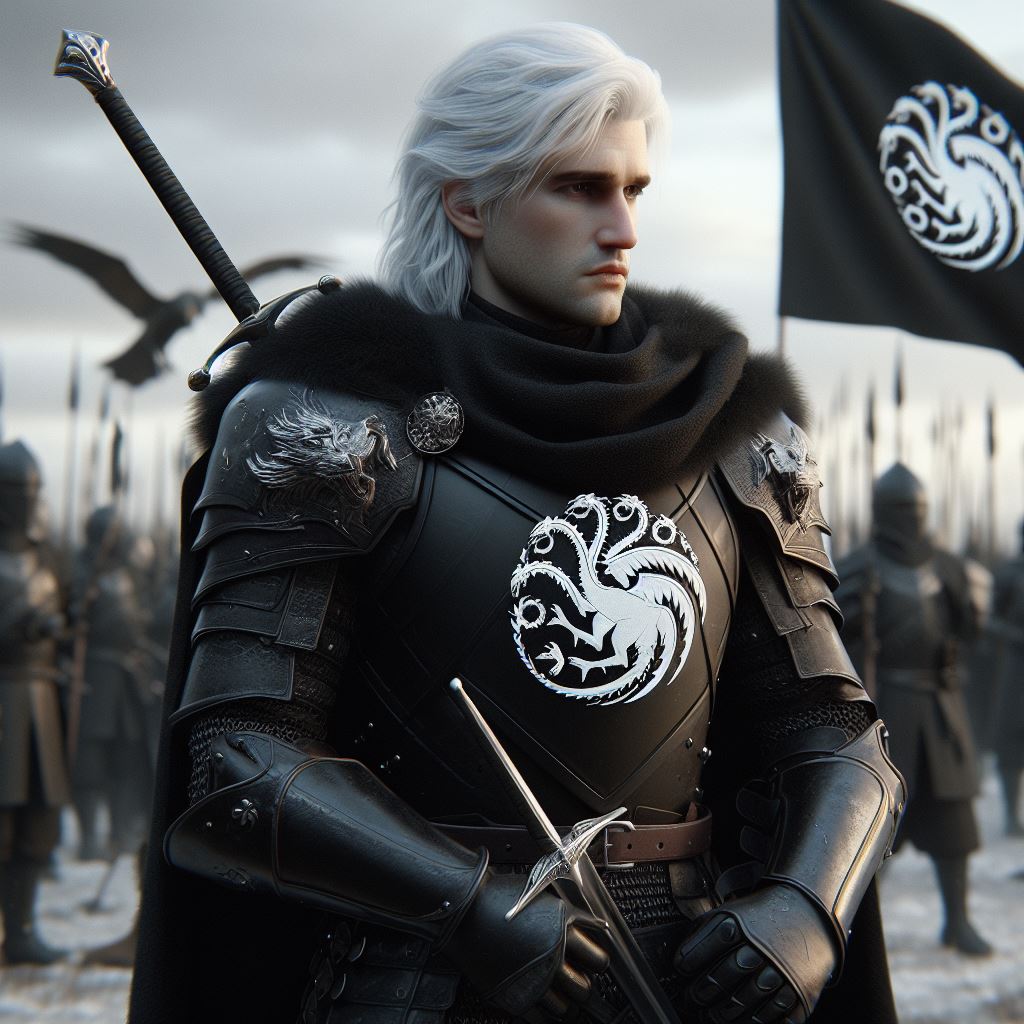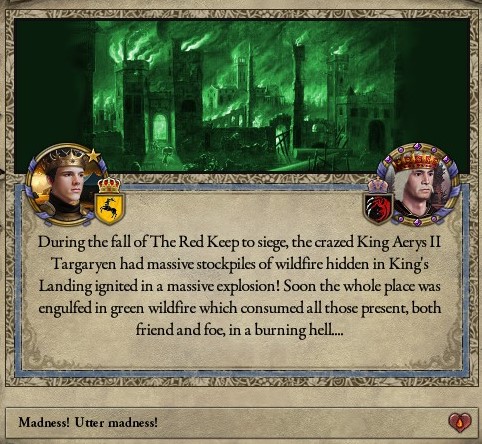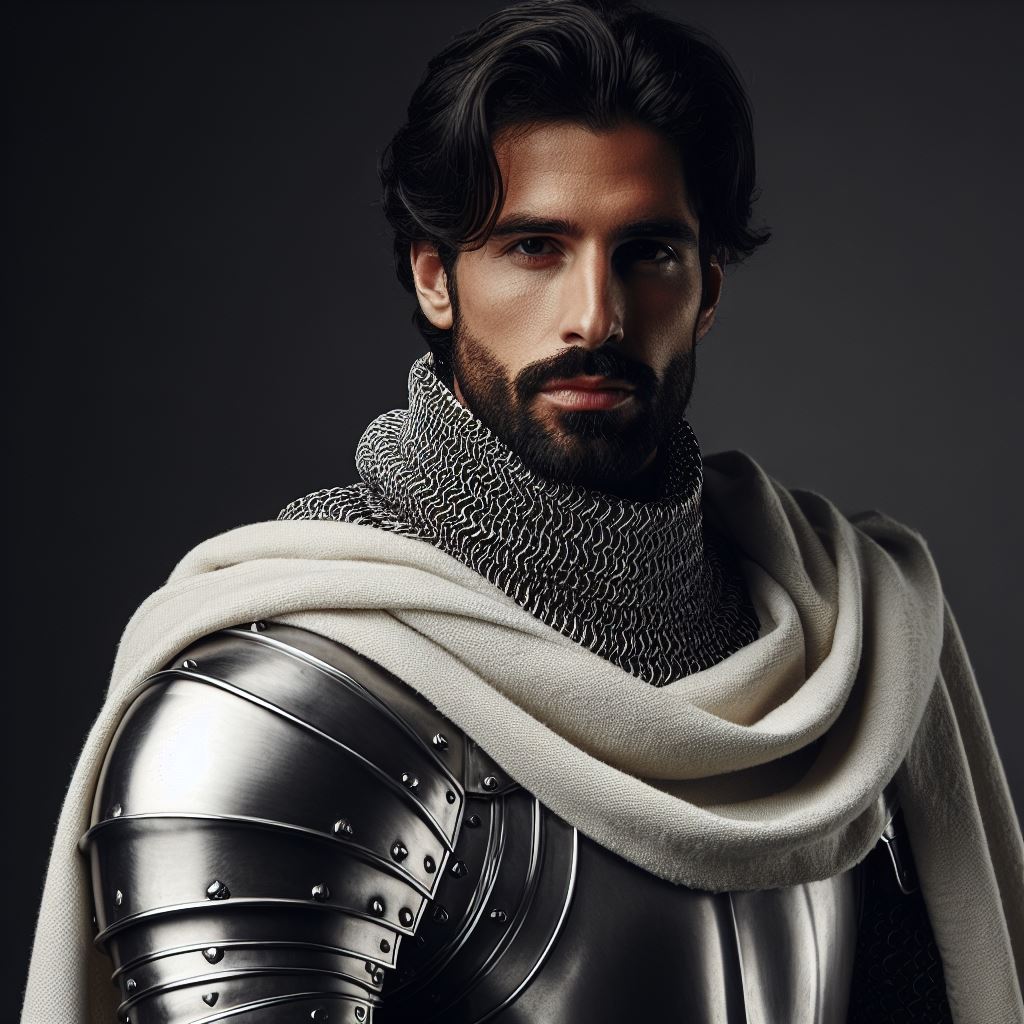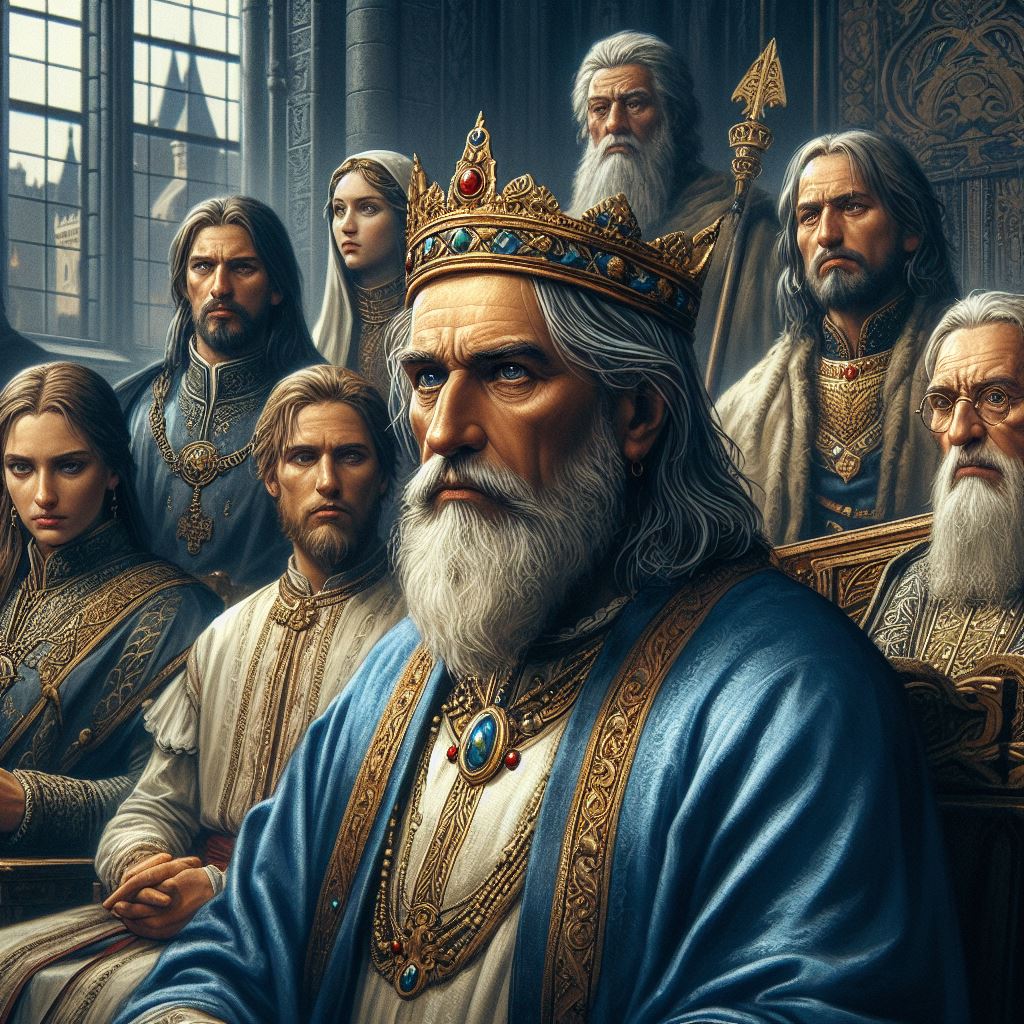Chapter 13 - A New King, A New Age
King Jon Arryn's choice of councillors reflected a blend of personal trust, competence, and strategic alliances. By appointing Lord Eddard Stark as his Master-at-Arms, Jon emphasized the importance of loyalty and camaraderie forged through shared experiences. Eddard's reluctance to accept the position underscored his humility and dedication to duty, qualities that King Jon valued highly. The selection of Lord Petyr Baelish as Master-of-Coin showcased Jon Arryn's recognition of talent and potential beyond noble birth. Despite Baelish's humble origins, his financial acumen and discretion made him a valuable asset to the Small Council. The nickname "Littlefinger" hinted at both his unassuming stature and his knack for manipulating the intricate webs of power. The appointment of Lord Renfred Bourney as MaA ster-of-Whisperers demonstrated King Jon's willingness to trust recommendations from his advisors, in this case, Lord Petyr Baelish. Lord Renfred's relative obscurity suggested that Jon was open to new voices and perspectives in his council, prioritizing competence over established reputation.
Master of Coin Lord Petyr Baelish of Midlor Point (left) and Master of Whisperers Lord Renfred Bourney of the Great Fork (right)
Final two seats were the most important to contemplate. First was the Master-of-Laws, whose job it was to administer justice and maintain peace in the realm. There were many candidates amongst his own supporters who would have been up to the task, however King Jon decided to name a former member of the Targaryen Loyalist camp, and that was Prince Doran Martell of Dorne. His reasoning for this was two fold, first was to mend the rift between the Rebels and Loyalists, who had fought for four years, the second was to make sure that Dorne, who had always been somewhat autonomous from the Crown, was included in the running of the realm. To ensure that he would accept, King Jon also announced the release of Princess Elia Martell from House Arrest in a show of good faith. The Dornish prince agreed to the appointment.
Finally was the appointment of the Hand of the King. As the most important position in the Small Council, the Hand’s chain of office required someone with extensive experience leading and administering lands. Lord Hoster Tully was considered, but already ruled himself out of the role, wishing to stay at Riverrun with his family. Many lords were considered, but in the end there was only one Which King Jon wanted. Lord Tywin Lannister had been Jon’s primary rival in the election, and had attempted to cement his power during the Rebellion by trying to defeat both the Loyalists and the Rebels. The defeated Lannister had not hidden his disappointment, but had remained at Harrenhal to see the new king crowned. Sensing an opportunity to bring a former enemy and rival back into the fold, Jon offered the seat of Hand of the King to Tywin. He had already carried out the task during the reign of Mad King, but had fallen out with Aerys in the years preceding Robert’s Rebellion. Tywin weighed up his options, but eventually accepted the position as Hand of the King, relieving many in the realm.
Hand of the King, Lord Tywin Lannister
The next decision to make would be the capital of the Iron Throne. With King’s Landing in ruins it became obvious that it would no longer do as the seat of Westeros’ monarch. Harrenhal was also too far gone to be a secure or appropriate enough abode for the King and his court. The idea of remaining in Duskendale was also floated, but was ultimately rejected due to its small size, and the burden already levied against it from refugees from King’s Landing. Instead, King Jon declared that the ancestral seat of House Arryn, the Eyrie, would become his capital, with the Gates of Moon being the capital during the winter years. However, as part of his proclamation Jon noted that the next elected king may choose a different location if they desired.
The Eyrie in the Vale of Arryn
On the final week of the Council of Harrenhal, King Jon presided over a series of trials of people who had rejected the peace, broke the law during the interregnum or refused to bend the knee. The first day was spent convicting rogue knights and bandits who had preyed on the smallfolk in the aftermath of the rebellion. All in all, around 800 of them were hanged from makeshift gallows surrounding Harrenhal. It was said to look like a perverted form of a forest. The second day was taken up with judging on the cases of rogue lords who had refused the Regency Council’s pardon and carried on fighting. The head of these was Lord Jon Connington of Griffin’s Roost, the former King Rhaegar’s Hand of the King. He had rode back to his castle in the Stormlands after watching Rhaegar surrender himself to Lord Eddard Stark and was enraged. At Griffin’s Roost he raised the flag of rebellion, hoping to gather more like minded allies. His short lived rebellion lasted two days when he was awoken by his own men, led by his cousin Ser Ronald Connington, dragging him out of his castle and handing him over to a squadron of Baratheon men-at-arms. He had spent the last year in a squalid dungeon at Storm’s End before being brought to Harrenhal for judgment. The trial was short and straightforward, with a guilty verdict being decided by midday. To show clemency and to mend divisions, King Jon sentenced him to serve the realm at the Wall, becoming a member of the Night’s Watch.
Lord Jon Connington of Griffin's Roost, former Hand of the King under Kings Aerys II and Rhaegar I
Final trial would take three days and was the one which the realm had been waiting for. The trial of Rhaegar Targaryen, the former King of Westeros, was a historic event that gripped the realm with anticipation and significance. As witnesses took the stand over two days, the courtroom heard conflicting accounts of Rhaegar's actions during the Rebellion. Some praised his honorable conduct and leadership qualities, while others accused him of complicity in the Mad King's atrocities. However, the most impactful moment of the trial came during the interrogation by Tywin Lannister, the Hand of the King. Tywin's probing questions led Rhaegar to admit to his love for Lyanna Stark and their elopement, a revelation that stirred strong emotions among those present. While some viewed Rhaegar's admission as a sign of his humanity and capacity for love, others saw it as evidence of his betrayal of his marriage vows and duty as king. Throughout the trial, Lord Stark remained visibly uncomfortable and his silence during this critical moment spoke volumes, leaving many to speculate on his thoughts and loyalties. As the trial concluded on the third day, the fate of Rhaegar Targaryen hung in the balance, with the weight of history and justice bearing down upon him.
Former King of Westeros, Rhaegar Targaryen, on trial at Harrenhal
Before declaring his ruling, King Jon listened to his new Small Council’s guidance on the matter. The Hand of the King demanded that Rhaegar be made an example of, though noted that it may be wise to send him to the Wall rather than executing him to avoid riling any remaining Targaryen loyalists. Lord Eddard Stark was silent once again, so King Jon ordered everyone out of the room except him and his former ward. We do not know what was exchanged, though in Grand Maester Ebrose’s account, we know that afterwards King Jon had made up his mind. In the hall of Harrenhal, with most of the Realm’s lords in attendance, King Jon Arryn declared his judgment. This was a historic moment, the first time a King of Westeros declared the fate of a former King of Westeros.
He declared Rhaegar innocent of the destruction of King’s Landing, of the deaths of Lord Rickard Stark and his son Brandon, and of the death of Lord Robert Baratheon. He also declared that he was innocent of the crime of plotting to wage war against his subjects, noting that it was the Mad King Aerys who had started the conflict. However, he did proclaim him guilty of continuing the war, and of committing adultery and kidnapping a lord’s betrothed. The King revealed that originally he had planned to condemn Rhaegar to the Wall, however his mind had been changed due to Lord Eddard Stark’s wishes, who as the major aggrieved party had swayed over what happened to the man on trial. He was free to go, however he would have to publicly give up all claims to the Iron Throne, be unable to be elected as King in future elections, and pay Lord Stark a large indemnity measuring to hundreds of thousands of gold talents over a period of ten years. The former monarch accepted the proposal and, in a hall packed with shocked lords, was freed from his chains.
In the following days the finer details of Rhaegar’s freedom would be ironed out. He would retain his title of Prince due to his father being a lawful king. He would retain his lordship of Dragonstone and the overlordship of Houses Velaryon, Celtigar, Sunglass and Bar-Emmon. His children would be eligible to be voted for in the election, but would not retain the title of Prince after his death and would instead become Lords. Finally, his bastard son, Jon Sand, would be under the permanent guardianship of Lord Eddard Stark, who will raise him. Rhaegar would only be allowed to visit Jon upon the discretion of Lord Stark. As King Jon and his entourage readied themselves for the journey to the Eyrie, Prince Rhaegar Targaryen, the Last of his Line, began the lonely journey to Dragonstone.
































































































































